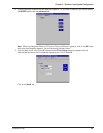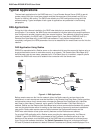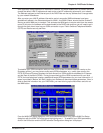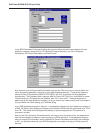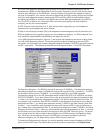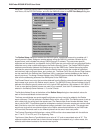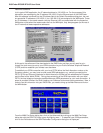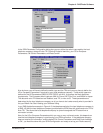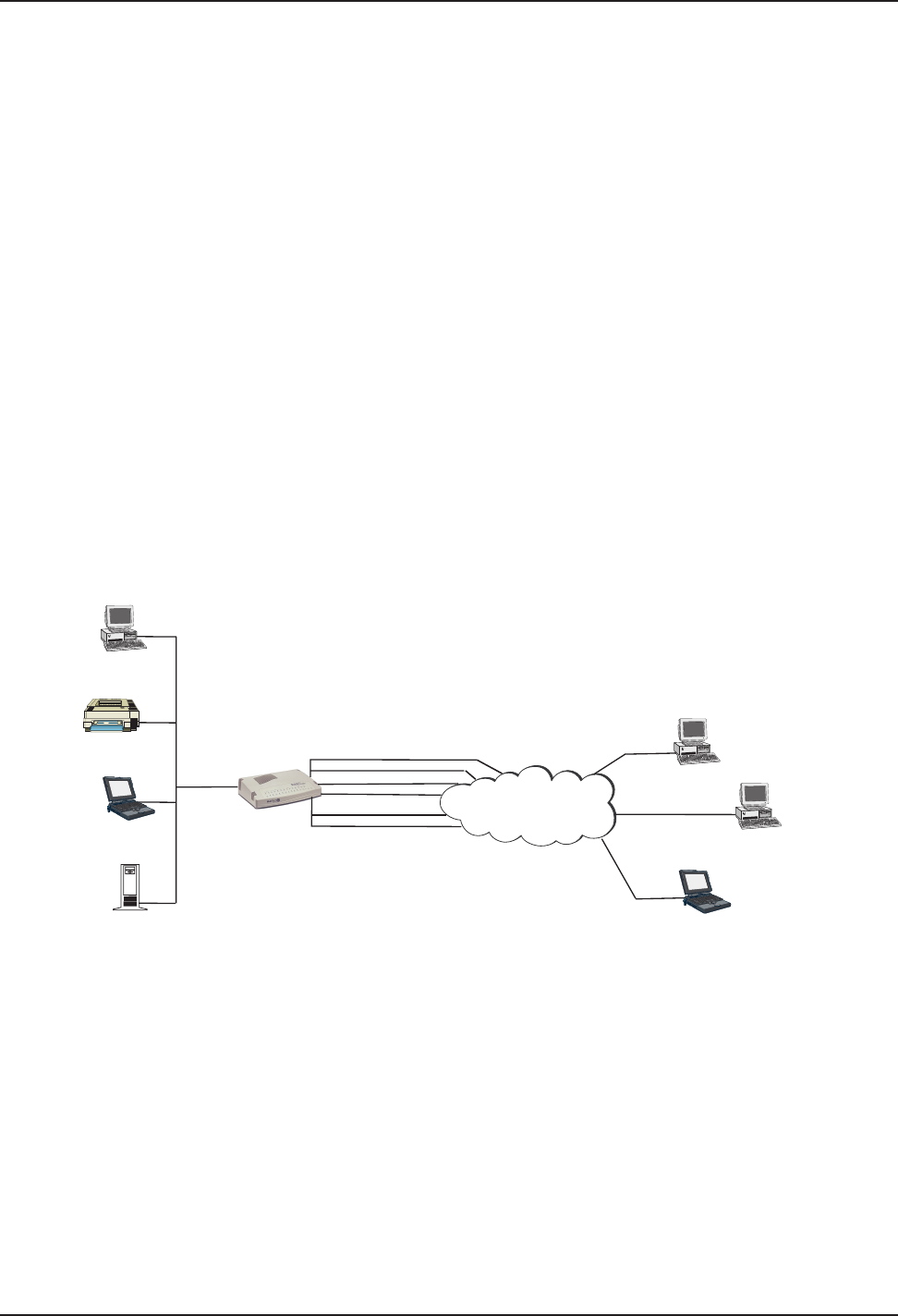
RASFinder RF300E/RF310E User Guide
RF300E/RF310E38
Typical Applications
The two basic applications for the RASFinder are (1) as a Remote Access Server (RAS) to permit
remote users to dial into a local area network and use the resources of that network and (2) as a
Router for LAN-to-LAN routing. The RASFinder defaults to a RAS configuration during the initial
software loading. Typical examples of both types of applications are presented in the following
paragraphs.
RAS Applications
During the initial software installation, the RASFinder defaults to a remote access server (RAS)
configuration. For example, the WAN Ports are connected to individual phone lines and the ports are
then configured to answer incoming calls from remote locations. Two methods of identifying remote
users are provided in the RASFinder; 1) Remote Access Dial In User Server (RADIUS) and 2) a
Remote User Data Base utility in the RASFinder software. Finally, before the application is
completely configured, the ISDN parameters have to be established for remote users can dial into the
network.
RAS Application Using Radius
RADIUS is associated with a Radius server on the network which provides a security feature using a
single authentication server to centralize security on a network. The Remote User Data Base utility
identifies each user by user name, password and, if Call Back Security is enabled, a specific phone
number the RASFinder must call to establish the connection with the remote user.
User 1
PSTN
LAN
Workstation
IP Address
192.168.2.5
Workstation
IP Address
192.168.2.3
Network Printer
IP Address
192.168.2.4
RASFinder
IP Address
192.168.2.10
User 3
User 2
Radius
Server
BRI 1
BRI 3
BRI 2
716-5466 {0716546601}
716-5565 {0716556501}
Workstation
Workstation
Workstation
875-5000
881-3100
944-7064
Phone
Phone
Phone
IP Address
192.168.2.6
716-5566 {0716556601}
716-5567 {0716556701}
716-5467 {0716456701}
716-5468 {0716546801}
Figure 4-1. RAS Application
Before remote users can dial into the network, either the Radius security services have to be
established, or each remote user must be idenfitied in the Remote User Data Base. Radius provides
a single secure server for all remote users; whereas the Remote User Data Base utility identifies
each user by User Name, Password, and a specific Call Back Number if Call Back Security is
enabled. Radius and the Remote User Data Base have to have communication between the remote
user and the administrator either for setting up the data base or the security services to establish a
user profile. Radius also requires communication between the Radius administrator and the
RASFinder administrator to set up the security features and the Radius server address.
For a typical RAS application with a Radius server providing the network security, the Ethernet
(10Base-T) port of the RASFinder is connected to the IP network, the Radius server is on the
backbone of the network, and the WAN ports of the RASFinder are connected to individual phone
lines. During initial software installation, the Default Parameters dialog box is displayed with both
IPX and IP protocols enabled and a default Ethernet IP address and (subnet) mask displayed. For a






